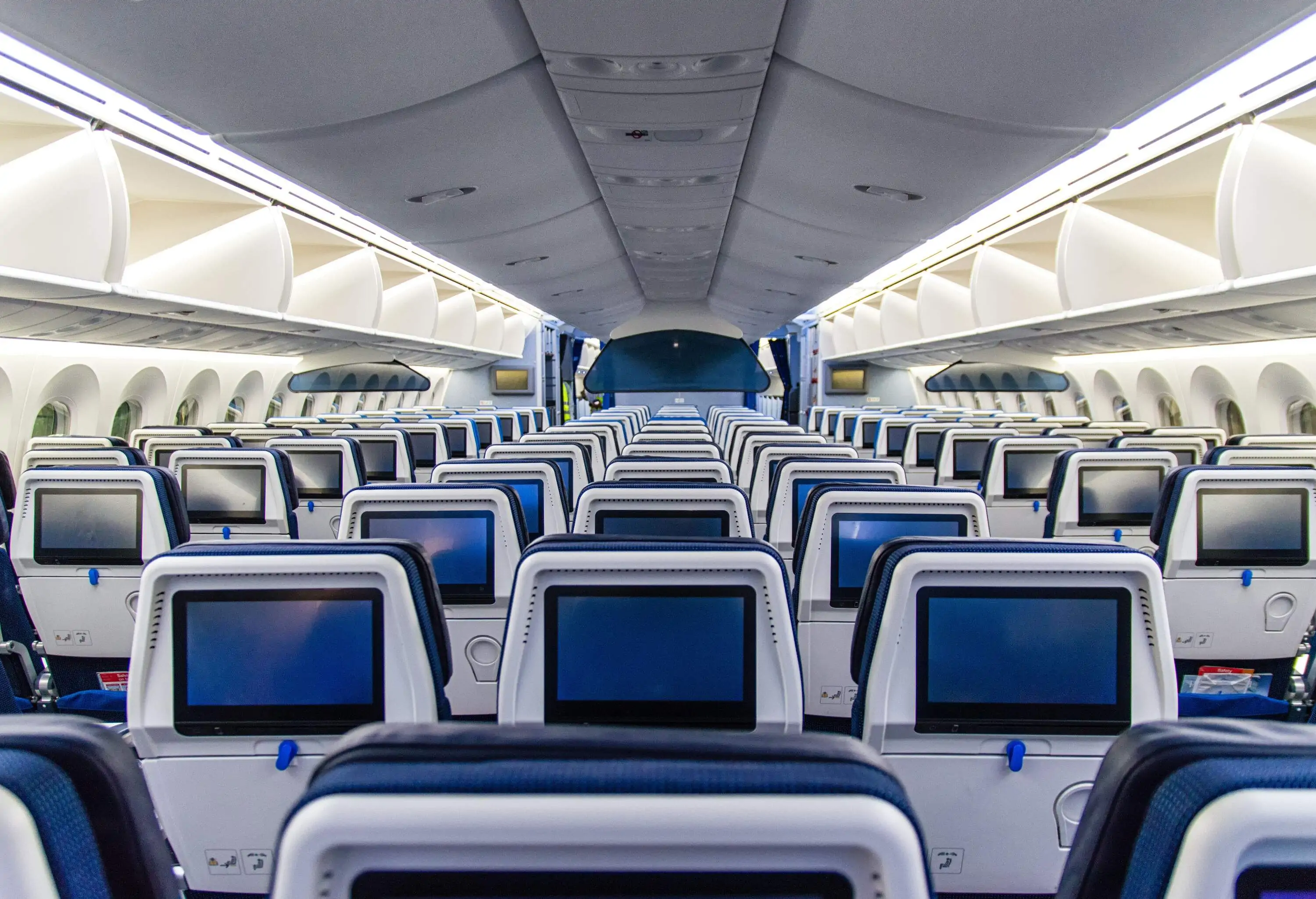Just by being in the air, flying often gives us glimpses of stunning scenery, be it a cloud formation, a storm on the horizon or a rising or setting sun (made all the better if you are flying in the right direction at the right time). However, some flights offer an even better view, provided by the landscape below.
While this list could go for a long time, we’ve made the tough calls and come up with the top 10 sights we think are the best reasons for making sure to have a window seat.
The Alps, Europe
A centerpiece of Europe, the Alps offer regular in-flight entertainment to those crisscrossing the continent. The Swiss Alps offer Lake Geneva as an added scenic bonus and crossing the French Alps serves up a great opportunity to play name-that-peak as Mount Blanc, the Dents Blanche and Dents Du Midi, among others, stand out clearly on the horizon. Almost any flight from the west to Milan, however, is the real winner as it brings you in over a lakes region where white mountain peaks are punctuated by deep blue waters in a vista that stretches to the horizon and beyond.
Hudson Bay, Canada
It’s increasingly common for airlines to offer long-haul connections to Asia and Europe via extreme northern routes that cut miles and time by crossing close to the North Pole. Any flight going via the Arctic Circle is inherently a long one but, especially flying with the sun, you have hours of light and the chance to see the endless tundra from the relative comfort of your airplane seat. If you are paying attention as you cross Hudson Bay, you can spot the intersection of land and ice, an amazing merging of two vastly different surfaces unmarred by human development. And, if you are flying in the dark, especially around either the spring or fall equinox, keep your eyes peeled for the Northern Lights. They shouldn’t be hard to spot!
The Grand Canyon, Arizona, United States
Carved by the Colorado River and its tributaries, the Grand Canyon is a 250-mile-plus-long marvel that gains in impressiveness with altitude. The depth and breadth of the canyon as well as the colors and height gradients all become clearer from above. Gone are the days where pilots would give a low altitude fly-by, but they are always quick to point out the Grand Canyon if it’s in sight. When the plane is on the right course and the weather is clear, passengers are still often treated to a good long look at this geological wonder. If a Grand Canyon fly over could be in your plans, some experts say make sure to sit on the left-hand side of the plane as that’s where the pilot sits and the likely direction he or she will bank for the best possible view.
Rio de Janeiro, Brazil
Rio de Janeiro is a dramatic place. From Carnaval to the Samba to Copacabana, the city is synonymous with color, passion and flair. The same is true for its geography. As you fly into or out of Rio, you will be surrounded by soaring mountains overshadowing otherwise tall buildings and punctuated by lush greenery, long white beaches and deep blue waters. Presiding over the scene: the 98-foot-tall Christ the Redeemer statue sitting 2,300 feet above the city atop Corcovado Mountain. The view is enough to make any window seat on a plane feel like the front row of a tour bus. However, domestic flights in and out of Santos Dumont Airport, which sits seaside and in the center of the city, give you a particularly close up view of all the scenery of Rio.
Sydney, Australia
Whether you are at the end of a long-haul journey or a hop from elsewhere in Australia, it is worth making a point to be awake and watching as you wing into Sydney. Many flights take a loop around the massive harbor en route to landing, giving passengers a bird’s-eye view of the whole expanse. The centerpieces are, of course, Sydney Harbour Bridge, which spans the harbor, and the Opera House, with its multi-layered roof line that overhangs the water. Day or night, these landmarks are easy to spot and the surrounding boat-laden channels and inlets and sprawl of coastline and city, paint an unforgettable picture.
Hawaii, United States
Unless you really have time on your hands, flying is really the only way to get to the Aloha State. The good news is that pretty much any aerial view of the islands is eye catching. Whether you are landing in Honolulu, headed into Kona on the Big Island or hopping out to Kauai, Maui or the like, if the sun is out, so is the scenery. Deep blue waters are just a start. The looming presence of Diamond Head, a city-meets-ocean feel and the silent tribute in the midst of Pearl Harbor all welcome you to Honolulu. Other islands feature reef views, soaring mountains and long stretches of beach. And don’t be completely surprised to see a little snow atop the peaks on Hawaii in January and February.
Himalayas, Central Asia
Imagine being practically eye level with some of tallest mountains in the world. On flights connecting in and around northern India, Nepal and Bhutan and even headed to or from parts of China and Korea, that is the vista awaiting travelers. The Himalayas are home to more than 100 peaks rising at least 23,000 feet above sea level. A flight alongside any stretch of this 1,500-mile expanse of extreme rock faces and wind-blown snowy peaks is more than an eyeful. However, the range and the view are both capped by the picture perfect summit of Mount Everest, which at 29,029 feet is the standout mountain even in the jumble of towering peaks.
Bahamas
Tropical waters and island settings are eye candy for airplane passengers both for their sheer beauty and the pleasure of a true getaway. However, flying into the Bahamas offers a few added scenic twists. The extreme water clarity makes every depth change and bottom feature visible even from thousands of feet above. And depth and bottom changes are endless in this bank of shallow-water islands. Linked by deep-water channels and surrounded by shifting sands, coral reefs and dramatic drop offs (as well as the occasional blue hole), the landscape (or should we say waterscape) changes subtly but endlessly, making for a fascinating flight to any Bahamian destination.
Niagara Falls, New York, United States, and Ontario, Canada
At the southern end of the Niagara Gorge, three waterfalls form what is perhaps the most scenic section of the border between the U.S. and Canada. These falls, known collectively as Niagara Falls, feature a 167-foot drop with some of the highest water flow rates in the world. The ferocious walls of water have drawn sight seers for generations. Missing from the statistics on tourist visits, though, are the countless airline passengers who get a sweeping view of the Niagara River, including its upstream calm, the bands of rapids approaching the falls, the islands dividing the stream, the cascades of tumbling water and the froth below. It’s rather like flying over a postcard.
Mount Etna, Sicily, Italy
Along Sicily’s east coast, towering above the town of Catania, sits one of the world’s most active volcanoes, Mount Etna. At the intersection of the African and Euorasian tectonic plates, Mount Etna has made headlines with active eruption cycles, even as recently as February. The dramatic peak is a looming presence, often with steam flowing from its 10,990-foot-high cratered top. It is impossible to miss when flying into Catania, especially on a clear, sun-filled day when the blue of the sky and the Mediterranean Sea set it off.
(Main image: rharrison)




